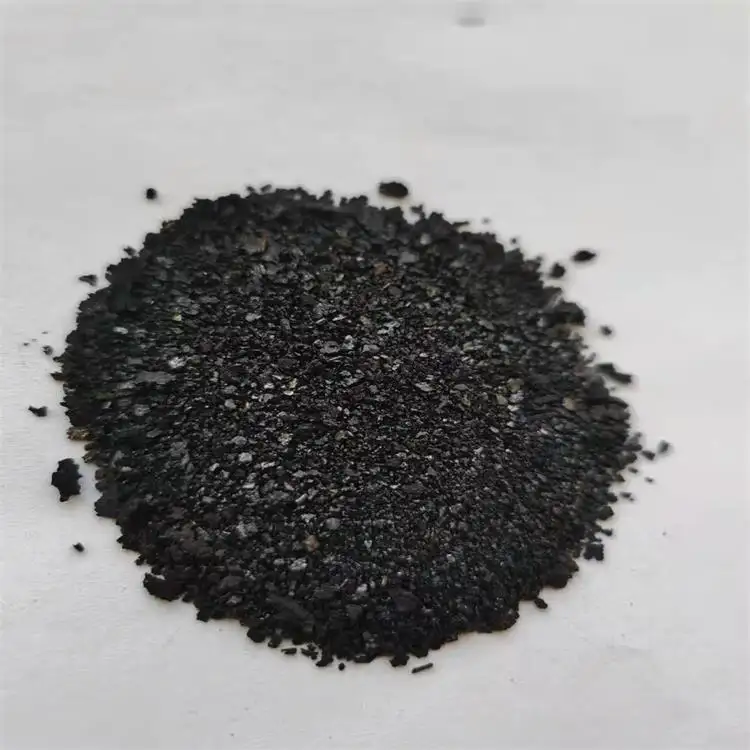dyeing with indigo powder


After attaining the preferred shade, the final step emphasizes expertise and care the fabric should be thoroughly rinsed with cold water to remove excess indigo, followed by a gentle wash with a pH-neutral detergent. This ensures the longevity of the dye, keeping the blue vibrant over time. The authority of indigo dyeing is grounded in its global heritage. From the intricate shibori techniques of Japan to the symbolic textiles of West Africa, indigo dyeing has been revered and passed down through generations, preserving not just a method, but a history and culture. Finally, trust in the materials and the process—a mindful choice of ethical and sustainably sourced indigo powder not only supports global artisans but also aligns with eco-friendly dyeing practices that respect our environmental resources. Beyond creating visually captivating textiles, dyeing with indigo powder is an endeavor rich in cultural significance and scientific inquiry, where each dyed piece tells a story of skill, patience, and respect for this ancient craft.
-
Thermal Stability Analysis of Bromo Indigo Pigments
NewsJun.06,2025
-
Sulphur Black Dye Oxidation Process Optimization
NewsJun.06,2025
-
Lightfastness Testing of Bromo Indigo Dyed Denim
NewsJun.06,2025
-
Granule Size Distribution and Jeans Color Uniformity
NewsJun.06,2025
-
Gradient Dyeing Methods with Indigo Blue Granules
NewsJun.06,2025
-
Dyeing Temperature Effects on Sulphur Black Color Fastness
NewsJun.06,2025
-
Sulphur Black Dyes in Daily Use
NewsMay.07,2025

Sulphur Black
1.Name: sulphur black; Sulfur Black; Sulphur Black 1;
2.Structure formula:
3.Molecule formula: C6H4N2O5
4.CAS No.: 1326-82-5
5.HS code: 32041911
6.Product specification:Appearance:black phosphorus flakes; black liquid

Bromo Indigo; Vat Bromo-Indigo; C.I.Vat Blue 5
1.Name: Bromo indigo; Vat bromo-indigo; C.I.Vat blue 5;
2.Structure formula:
3.Molecule formula: C16H6Br4N2O2
4.CAS No.: 2475-31-2
5.HS code: 3204151000 6.Major usage and instruction: Be mainly used to dye cotton fabrics.

Indigo Blue Vat Blue
1.Name: indigo blue,vat blue 1,
2.Structure formula:
3.Molecule formula: C16H10N2O2
4.. CAS No.: 482-89-3
5.Molecule weight: 262.62
6.HS code: 3204151000
7.Major usage and instruction: Be mainly used to dye cotton fabrics.

